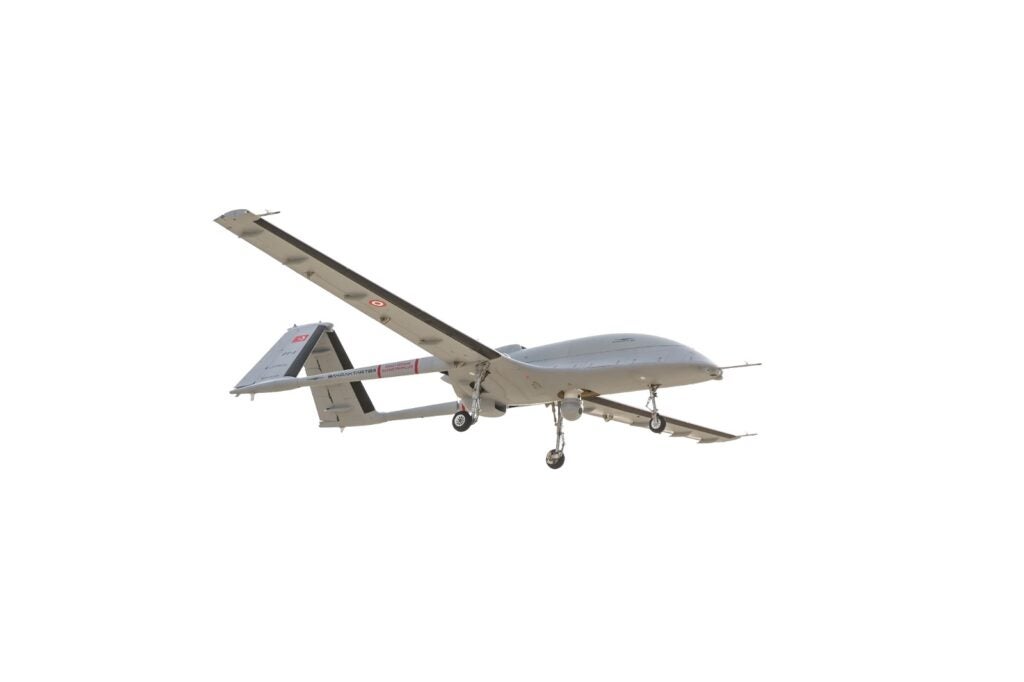Turkey’s Bayraktar TB3 Unmanned Combat Aerial Vehicle Makes Its First Flight
The BAYKAR defense and aviation company’s Bayraktar TB3 Unmanned Combat Aerial Vehicle successfully completed its first flight test. The flight in question took place at the AKINCI Flight Training and Test Center in Tekirdağ’s Çorlu district, under the supervision of Baykar Chairman of the Board and CTO Selçuk Bayraktar. Bayraktar TB3, which took off at 08.30 a.m. Turkish time (GMT+3), remained in the air for approximately 2 hours during its first flight and reached an altitude of over 6000ft.
After the successful flight, Selçuk Bayraktar addressed the Bayraktar TB3 test team, saying:
“There will be a revolution in air combat when the Bayraktar KIZILELMA Unmanned Combat Aircraft and Bayraktar TB3 UCAV begin their duty on our short-runway aircraft carrier TCG ANADOLU. Once deployed on the ship, they will become a major force multiplier in overseas operations thanks to their long-term reconnaissance and attack capabilities. On the 100th anniversary of our Republic, our Bayraktar TB3 unmanned aerial vehicle successfully made its first flight. Let this success be our gift to the 100th anniversary of our Republic.”
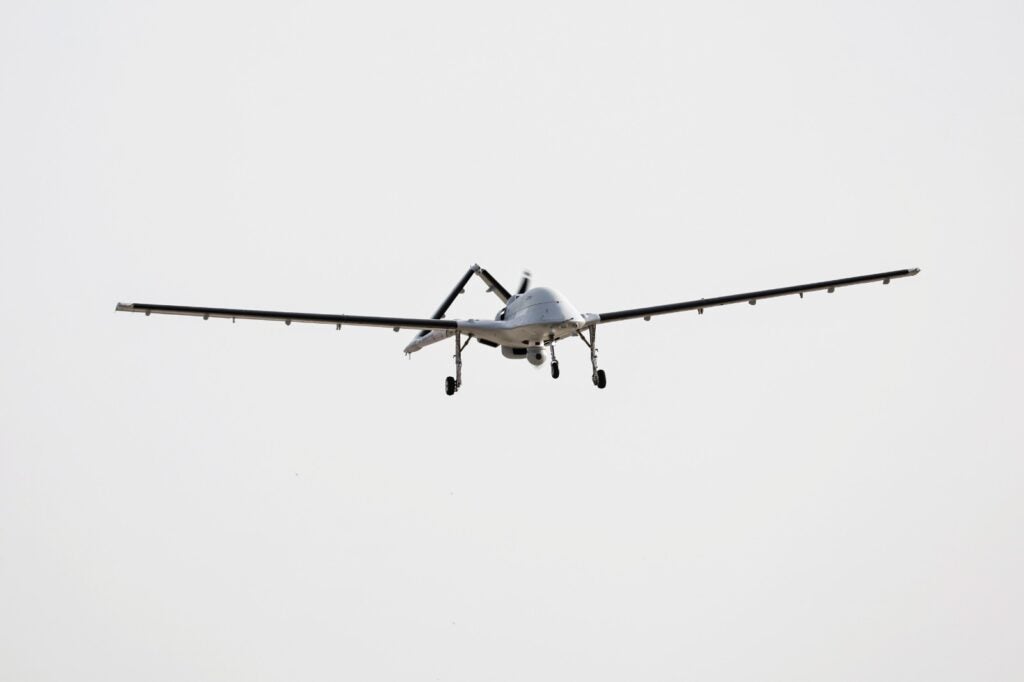
Following the first flight of the Bayraktar TB3, BAYKAR CEO Haluk Bayraktar stated, “We have successfully completed the first flight of our Bayraktar TB3 UCAV, which will strengthen our overseas operation capability. After the domestic camera, the national engine took its place on our UAV platforms,” continuing, “the Bayraktar TB3 UCAV made its first flight with the PD-170 domestic engine developed by TEI. We are getting closer to the goal of a fully independent Türkiye every day.”
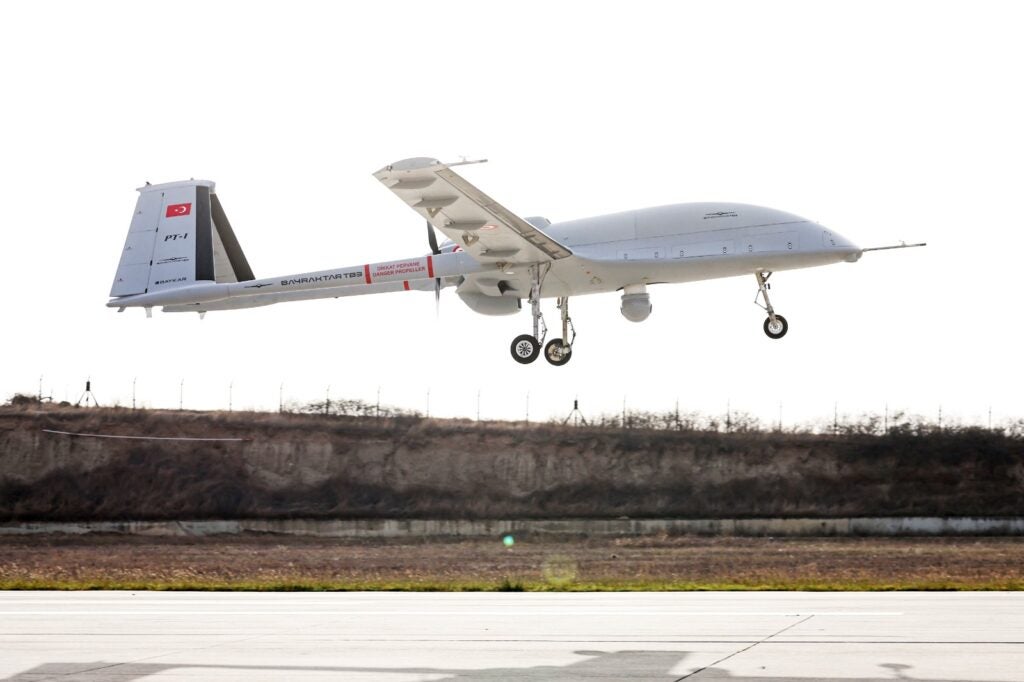
The Bayraktar TB3, which has been under development for a number of years by BAYKAR engineers, has successfully completed endurance, engine, taxi, roll and wheel cutting tests in recent months and has finished its ground testing. Bayraktar TB3, which is scheduled to continue testing in Keşan for some time after its initial flight, will then conduct STOBAR type landing-takeoff and weapons tests. following the successful completion of all test activities, the Bayraktar TB3 is expected to conduct landing and take-off tests on the TCG Anadolu ship in 2024, followed by integration activities on the ship.
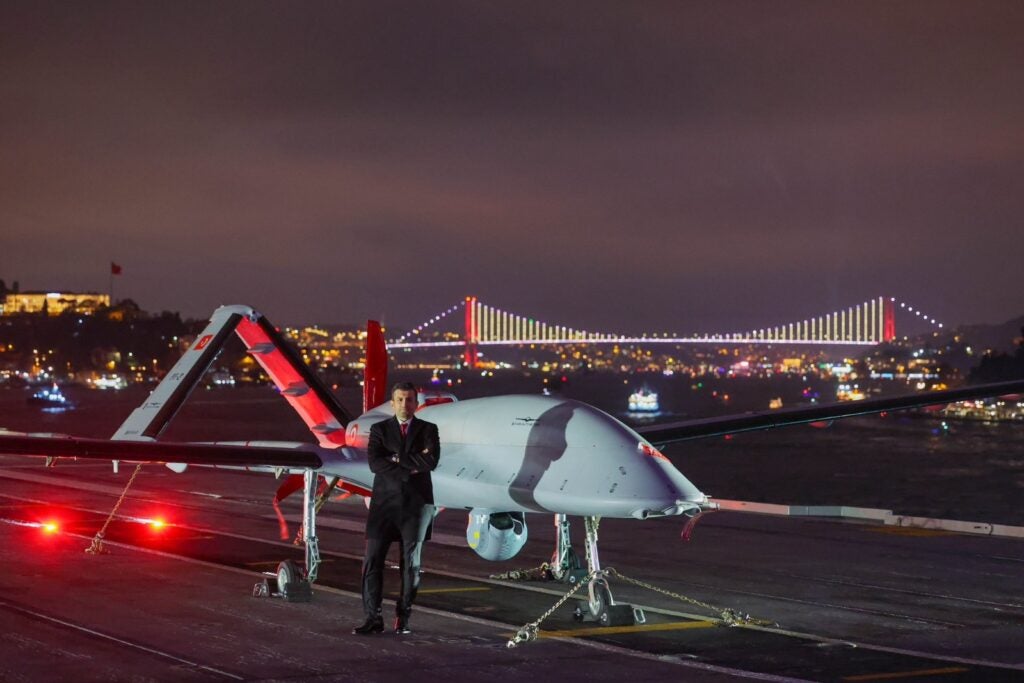
The Bayraktar TB3, with its foldable wing structure, can take off and land on ships with short runways, and is the maritime version of the Bayraktar TB2, which has proven itself in conflict environments in Syria, Libya, Nagorno-Karabakh, and Ukraine. The Bayraktar TB3, which is larger and has more advanced capabilities compared to the Bayraktar TB2, has a wingspan of 14 meters, a length of 8.35 meters, and a height of 2.6 meters. The payload capacity of the new drone, which has a maximum take-off weight of 1,450 kilograms, is 280 kilograms. The drone, which has six weapon stations under its two wings, can carry a variety of munitions, including precision-guided missiles and laser-guided bombs.
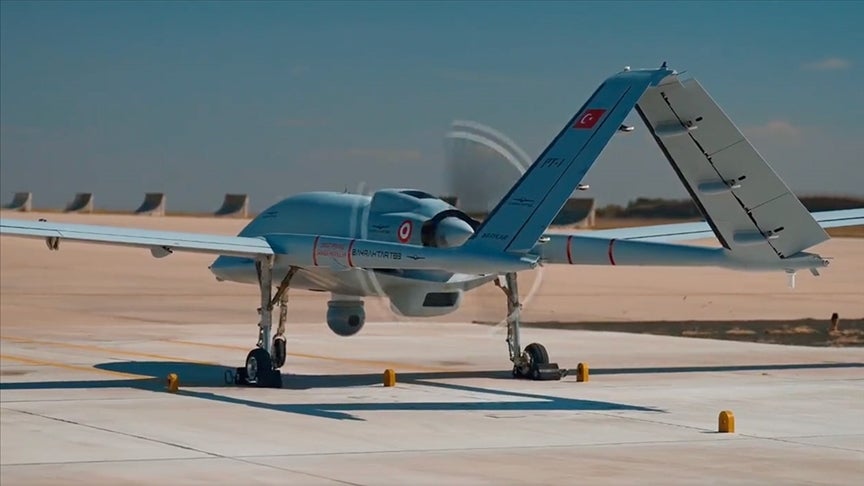
Instead of the Rotax 912 engine used in its predecessor, the Bayraktar TB3 is powered by the TEI PD170 turbodiesel engine, compatible with maritime conditions, manufactured by TUSAŞ Engine Industries (TEI). Thanks to its 170-horsepower domestic engine, the TB3 will be able to reach maximum speeds of 125 knots-160 knots and stay in the air for 24 hours. Due to its Line of Sight and Beyond Line-of-Sight communication capabilities, the Bayraktar TB3, which is expected to have a range of 1,600 kilometers (1,000 nautical miles), can be controlled from very long distances. As a result, TB3 will be able to perform reconnaissance-surveillance, intelligence and strike missions against over-the-horrizon targets with the smart munitions it carries.

